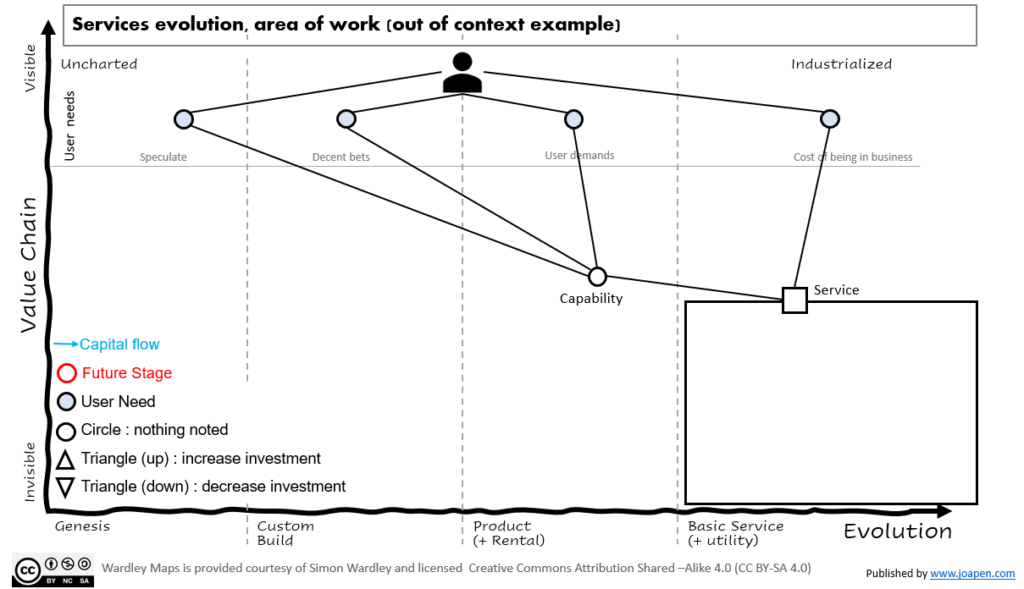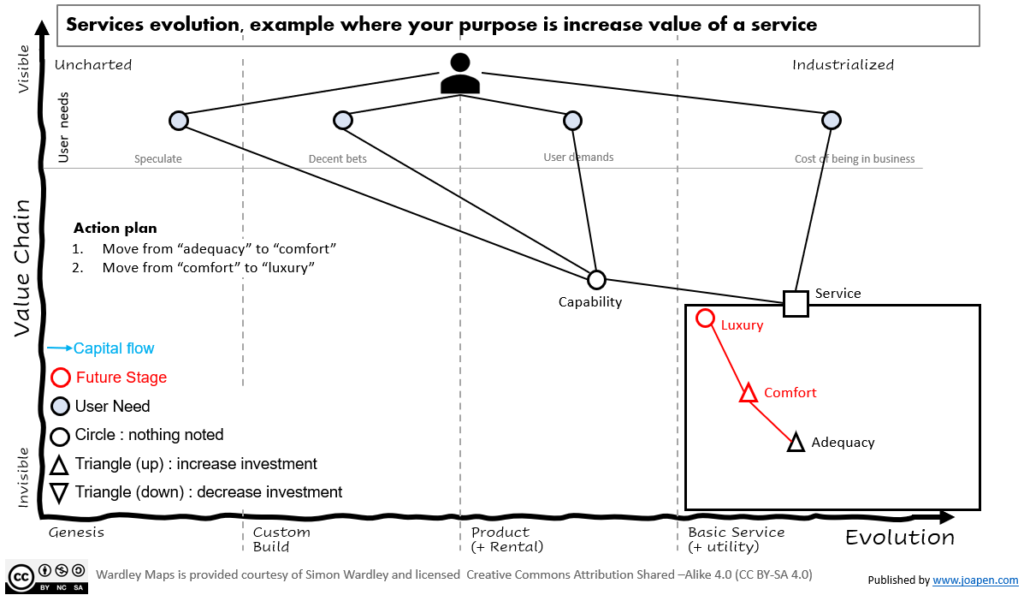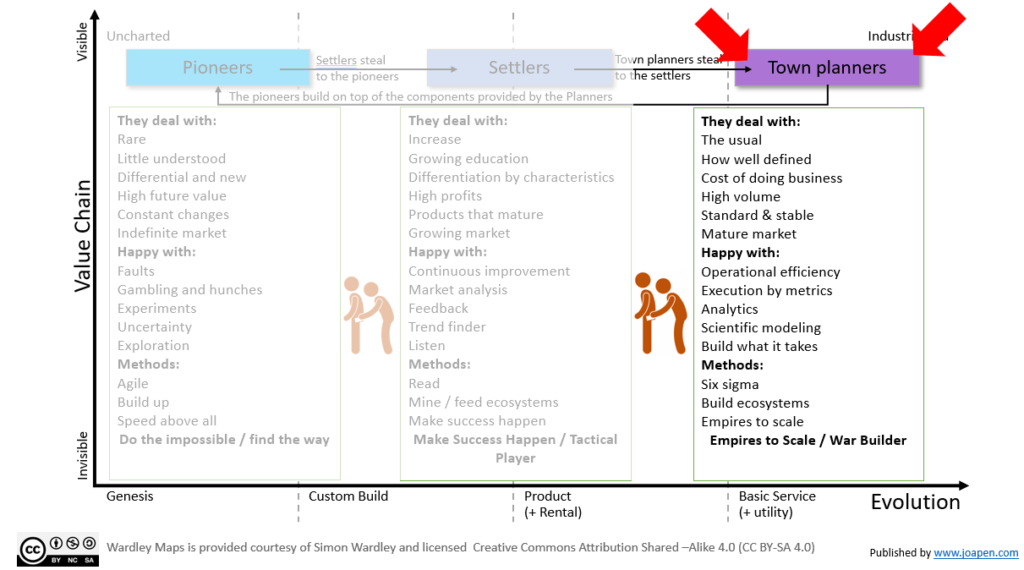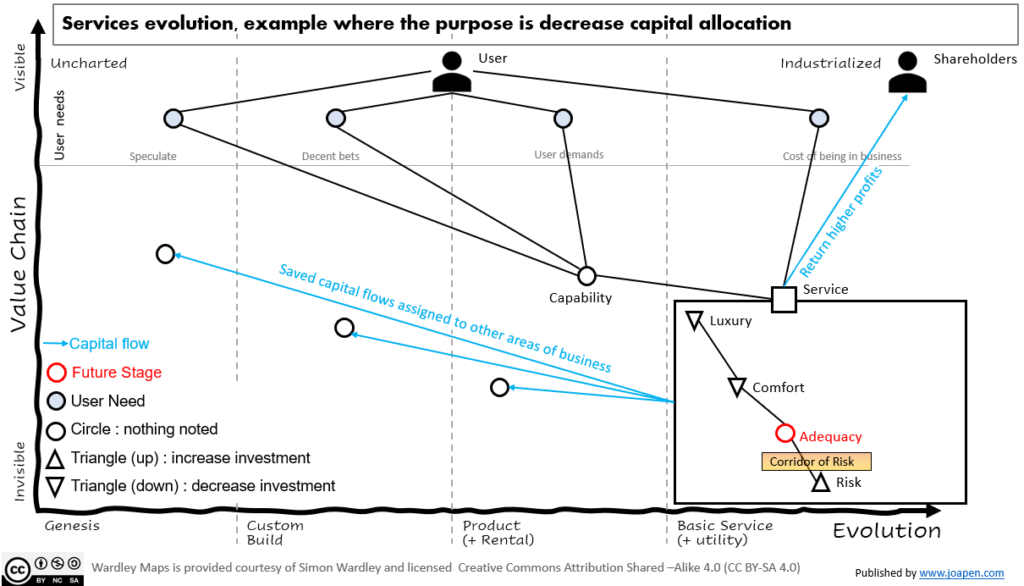Reasons to write about this
Services are a key part of businesses, they cover a set of user needs but they are so much times managed as the last unit of the corporation. The communications and approaches we have with respect these areas are important, to keep them motivated and focused on their goals is key. To define the proper incentives too.
Background
I have seen so many times, how service teams are pushed to be more efficient, how they are being squeezed as a lemon and without explanation about what’s going on. Demoralized teams that are being managed as second class employees or third class (if you are a subcontractor).
The work done there is key to be competitive and companies work on it, but so many of them communicate in the wrong way.
Service teams have a mission in the companies, a very important one: they enable to stay in business, they cover basic user needs and support other capabilities. To cover all these needs in a more efficient way is not an easy business, and we have to set that mission clearly and communicate it.
In public companies, the “Operating Expenses” is a public data that is shared with stakeholders, there are a lot of people looking at these figures which are key for the reliability of the business.
The map

On this map, you can see a “Service” represented as a pipeline. The service can be linked to a basic user need, or to a internal capability that supports other user needs.
Classify your services: luxury, comfort, adequacy and risk
When we analyze a given service, it could be classified in terms of reliability and cost. I have defined 4 simple categories: luxury, comfort, adequacy and risk. You probably have your own service classification in your company, use that.

You should classify the services you have in your organization and then decide if they are linked to the business goals you have. For instance, if you are willing to be first class service support company and the services linked to that goal are categorized under “comfort” or “adequacy”, then you should invest more on them and turn into “luxury”. These moves are done through investment, focus, leadership and concrete actions.

The previous example, where the company is investing on a specific service is being seen as positive by any member of the service team.
Let’s be clear, human nature comes first, and we all want to be part of the winning team, the team where the organization is assigning resources. This denotes you are being part of the business priorities, you are important (by whatever reason), you are not substituted (one of the fears in service teams).
Communicate the mission and purpose
In the chapter 4: Doctrine of Simon’s book, you can find the PST model (pioneers, settlers and town planners model).
There you will find the 3 types of people based on their attitudes, and this time I want to focus on town planners:

In the mentioned chapter, Simon defines Town Planners:
Town Planners are brilliant people. They are able to take something and industrialize it taking advantage of economies of scale. This requires immense skill. You trust what they build. They find ways to make things faster, better, smaller, more efficient, more economic and good enough. They create the components that pioneers build upon. Their type of innovation is industrial research. They take something that exists and turn it into a commodity or a utility (e.g. with Electricity, then Edison, Tesla and Westinghouse). They are the industrial giants we depend upon. They build Rome.
Simon Wardley, Chapter 4: Doctrine
Defining service teams as a first class units is essential, then define their purpose in the company and why their job is relevant and key.
Let’s map an example, the less desired situation the wrongly named: “reduce costs“. Nobody calls it like that, but our minds translate it into it.
Let’s figure out we have a service in classified as “luxury” or “comfort and we want to move it into “adequacy” without being at “risk”. The standard approach is to decrease investments till you reach “adequacy” and then invest when you are falling at risk.

This work has to be done in a clever way, so you keep as reliable as possible, making the right actions and decisions on it.

To cut cost without any other consideration will put you quickly at risk, you have to evolve the service with the proper actions and mature it to the limit: you are required to have the brilliant town planners in your team.
Note that the concept of corridor of risk is very common in the industry, but so many times the people working on the service team ignores the concept and how management sees it. This gap of communication needs to be resolved (by so many reasons).
The elimination of costs is key and we all have to measure it, and visualize that these capital flows are key for the organization (light blue lines of the map): our brilliant people needs to know how much value are providing the company.
The service teams have to be aware of the existence of the corridor of risk: have calculated risks and be able to work on the issues when they occur.
In addition to that, when we are stablished at “adequacy” level, we have to recognize that sometimes, there is the need to invest and do not fall at risk, as there are always unexpected risks, there are changes of requirements for the service and climatic patterns that can affect to you. This last point is usually forgotten and it erodes the services quickly.
If you are at “adequacy” visualize it, and work on specific actions to stay on the safe side of the corridor of risk:

Elimination of cost is a consequence of other actions
The elimination of costs minimizing the decrease of reliability happens because the proper actions have been executed in the right way. But which actions?
I do not in your context, but in my context: IT services, there are so many actions you can do:
- Updated and tested disaster recovery plans,
- Regular healthy/quality checks,
- Training on teams,
- Automation of processes,
- Improvement and update of processes,
- etc.
You can do these actions as part of the regular service support team using Lean Six Sigma approach, working on a transformation project on the service, on a formal Six Sigma project or in any other way.
Once done, then, suddenly the cost to operate decrease and the saving happens.
Closing
Just remember: Competitive services teams are composed by brilliant people.
As usual, any feedback is welcomed!